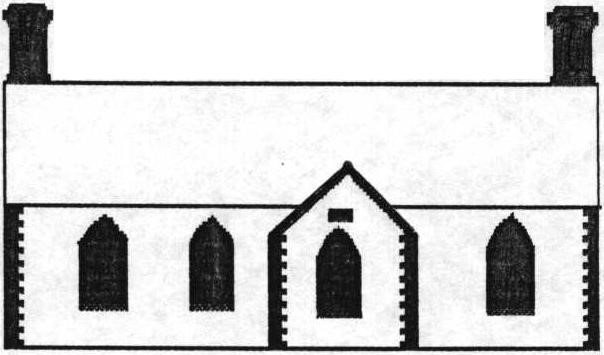Physical Education - Key Stage 2
We believe a high-quality physical education curriculum inspires all pupils to succeed and excel in competitive sport and other physically-demanding activities. It should provide opportunities for pupils to become physically confident in a way which supports their health and fitness. We believe children should have opportunities to compete in sport and other activities, build character and help to embed values such as fairness and respect.
The key P.E. skills are as follows:
- To develop competence to excel in a broad range of physical activities;
- Children are physically active for sustained periods of time;
- To engage in competitive sports and activities;
- To lead healthy, active lives.
In Key stage 2 children will continue to apply and develop a broader range of skills, learn how to use them in different ways and to link them to make actions and sequences of movement. We want children to enjoy communicating, collaborating and competing with each other whilst developing an understanding of how to improve in different physical activities and sports, learning how to evaluate and recognising their own success.
Children will be taught to:
- use running, jumping, throwing and catching in isolation and in combination;
- play competitive games, modified where appropriate [for example, badminton, basketball, cricket, football, hockey, netball, rounders and tennis], and apply basic principles suitable for attacking and defending;
- develop flexibility, strength, technique, control and balance [for example, through athletics and gymnastics];
- perform dances using a range of movement patterns;
- take part in outdoor and adventurous activity challenges both individually and within a team;
- compare their performances with previous ones and demonstrate improvement to achieve their personal best.
Children will be taken swimming and taught water safety from Year 2 through to Year 6 for the Autumn term of each year.
Children will be taught to:
- swim competently, confidently and proficiently over a distance of at least 25 metres;
- use a range of strokes effectively [for example, front crawl, backstroke and breaststroke];
- perform safe self-rescue in different water-based situations.
Key Vocabulary
Specialised vocabulary in relevance to activity.
Assessment
Children will be encouraged to self-assess confidence, fitness and improvement over all areas covered in addition to formal assessment for swimming.
